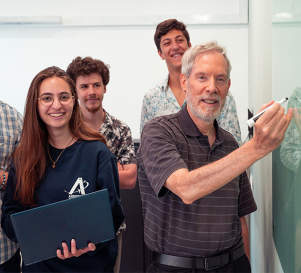ML-Based Wing Shape, Loads, and AoA Sensing from measured strain: From Ground Test to Flight-Ready Integration
| This thesis presents a machine learning (ML) based method for sensing both the shape and applied distributed loads of a highly flexible wing (the Pazy wing) using measured strain data. The predicted shape and load distribution are then integrated with an aerodynamic model to estimate the rigid angle of attack (RAoA).
The research employs a practical approach, utilizing relatively simple static ground tests with a few concentrated loads to train the ML model, which subsequently predicts aerodynamic distributed loads and wing deformation during wind tunnel tests.
Ido is a master’s student at the Faculty of Aerospace Engineering at the Technion, under the supervision of Prof. Daniela Raveh. He holds a bachelor’s degree in Mechanical Engineering from the Technion and has over a decade of experience in the aerospace industry. His areas of expertise include finite element analysis (FEA), multibody dynamics, experimental testing, and machine learning. Ido focuses on integrating simulation, experimentation, and advanced algorithms to bridge the gap between physics-based modeling and artificial intelligence, with the goal of enhancing engineering and validation processes for advanced airborne structures. |










